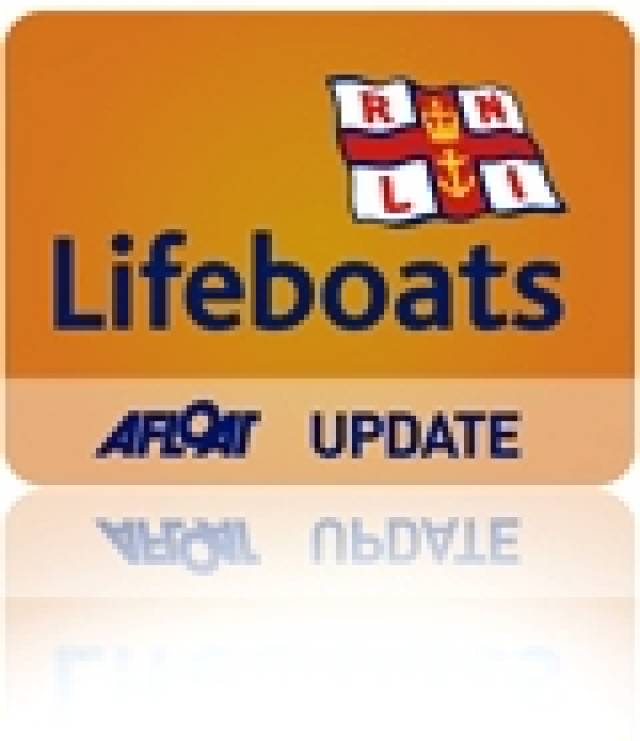#sikorsky – Crew from Lough Derg RNLI Lifeboat Station were one of the rescue services invited on a familiarisation exercise of the new Sikorsky S-92, with four crew from the Irish Coast Guard Search & Rescue Helicopter team, based at Shannon.
Crews from the Lough Derg RNLI Lifeboat Station, Limerick Marine Rescue and The Killaloe/Ballina Irish Coast Guard Unit were invited to a familiarisation exercise of the new, Shannon based, Irish Coast Guard Search and Rescue Sikorsky S-92 helicopter at Ballina, Co. Clare.
The helicopter landed on the GAA pitch in Ballina, Co. Clare at 16.40hrs. After greeting and a safety brief, we worked in teams of five and six. The helicopter crew each took a group for discussion and a tour. Liam Flynn, chief pilot with the IRCG search and rescue service, talked to the RNLI group about the helicopter and took our questions. Later, on the exercise, we got to see his phenomenal flying skills at close quarters.
Paramedic and Winchman, Gary Robinson, went through the differences that rescue crews should expect with the new helicopter, and later coordinated the basket transfer of a stretcher 'casualty' onto and off the helicopter whilst the engines were running. This exercise was to familiarise crews with the more powerful downdrafts from the Sikorsky S-92. He also briefed us prior to and then directed the winches.
This was an invaluable exercise, as we all work regularly with the helicopter crews on rescues. All of the organisations involved gave huge thanks to Joe Doolan, Chief Officer at the Killaloe/Ballina Irish Coast Guard Search and Rescue, for the hospitality laid on everyone following the exercise































































